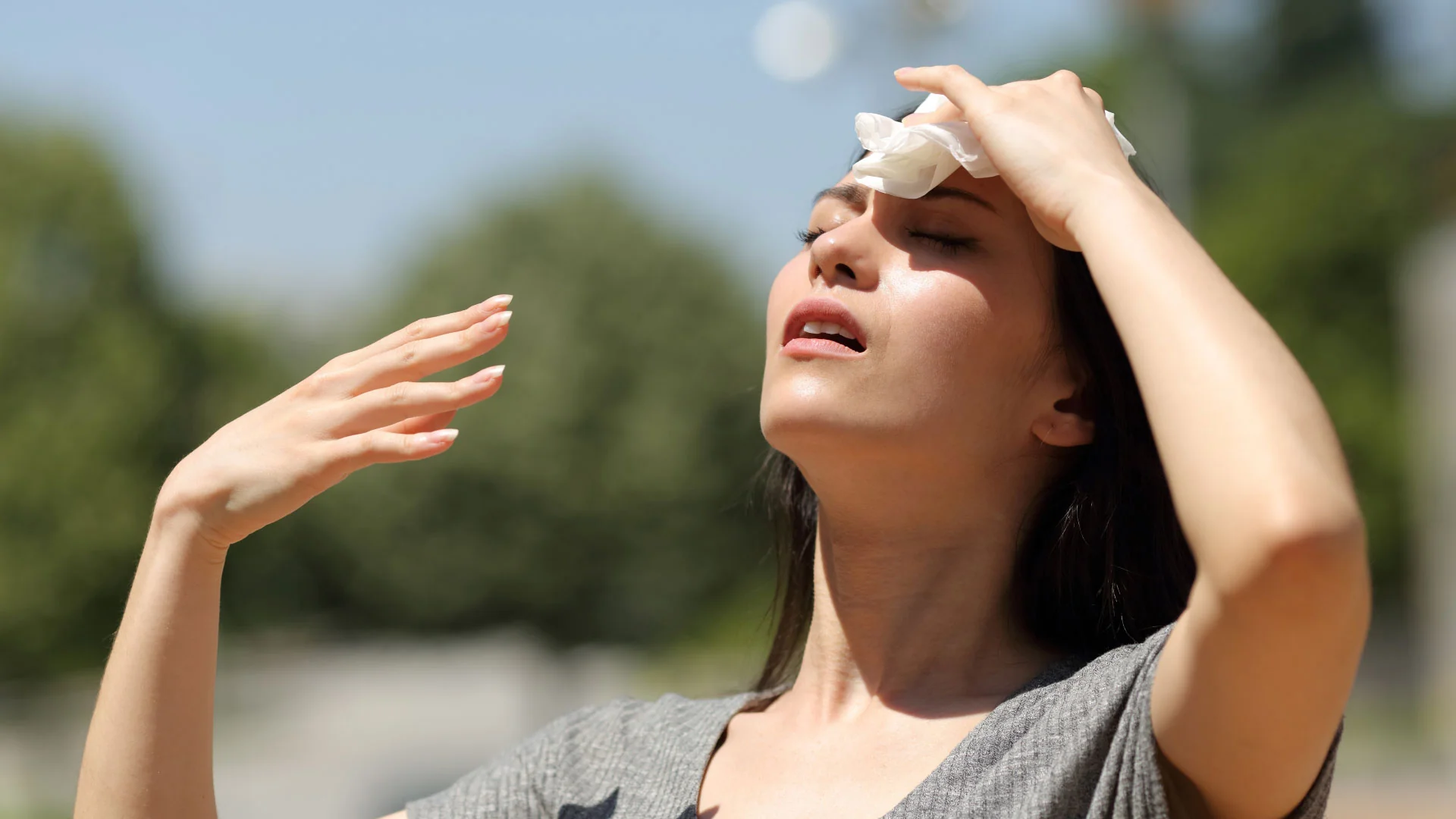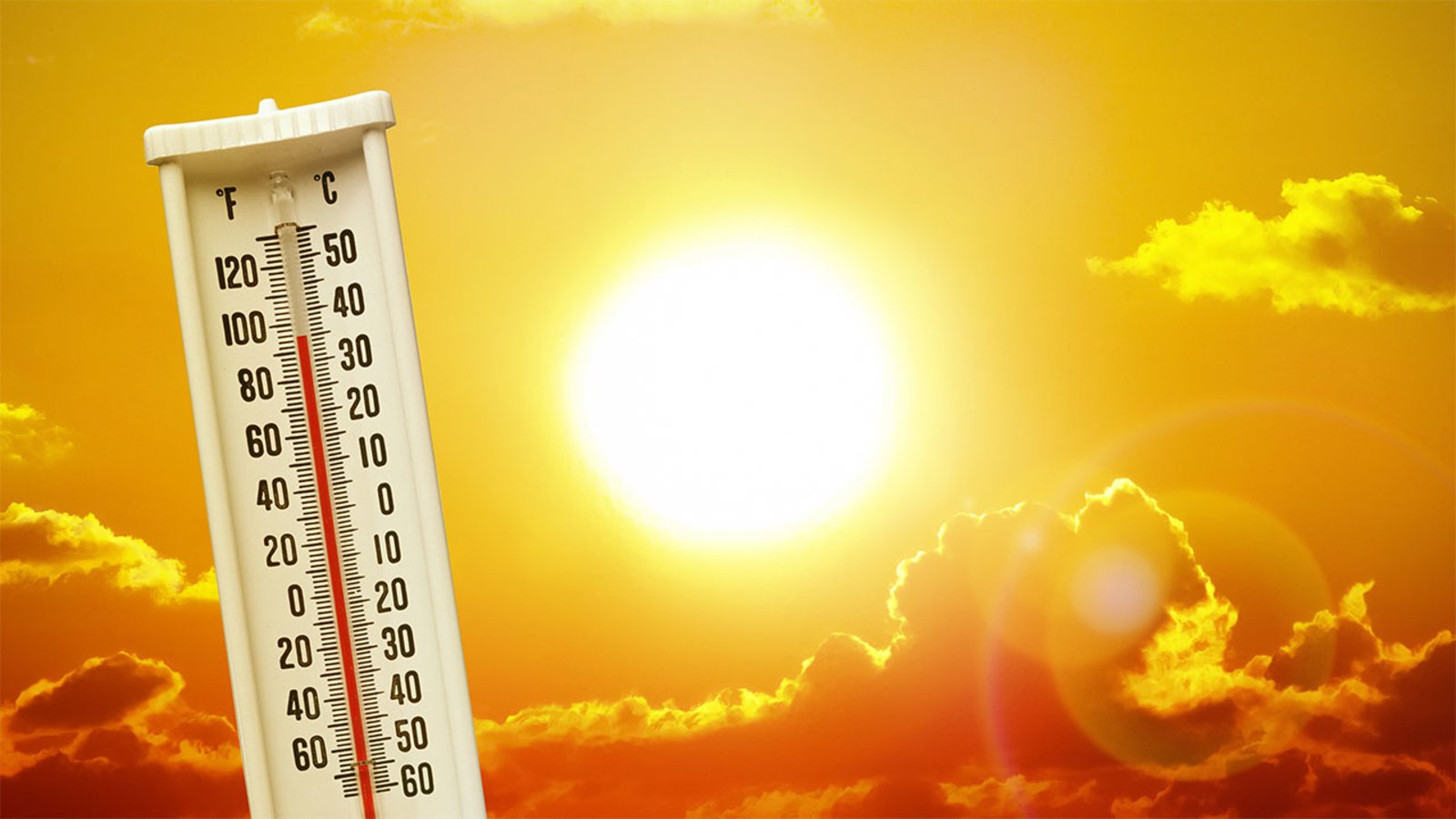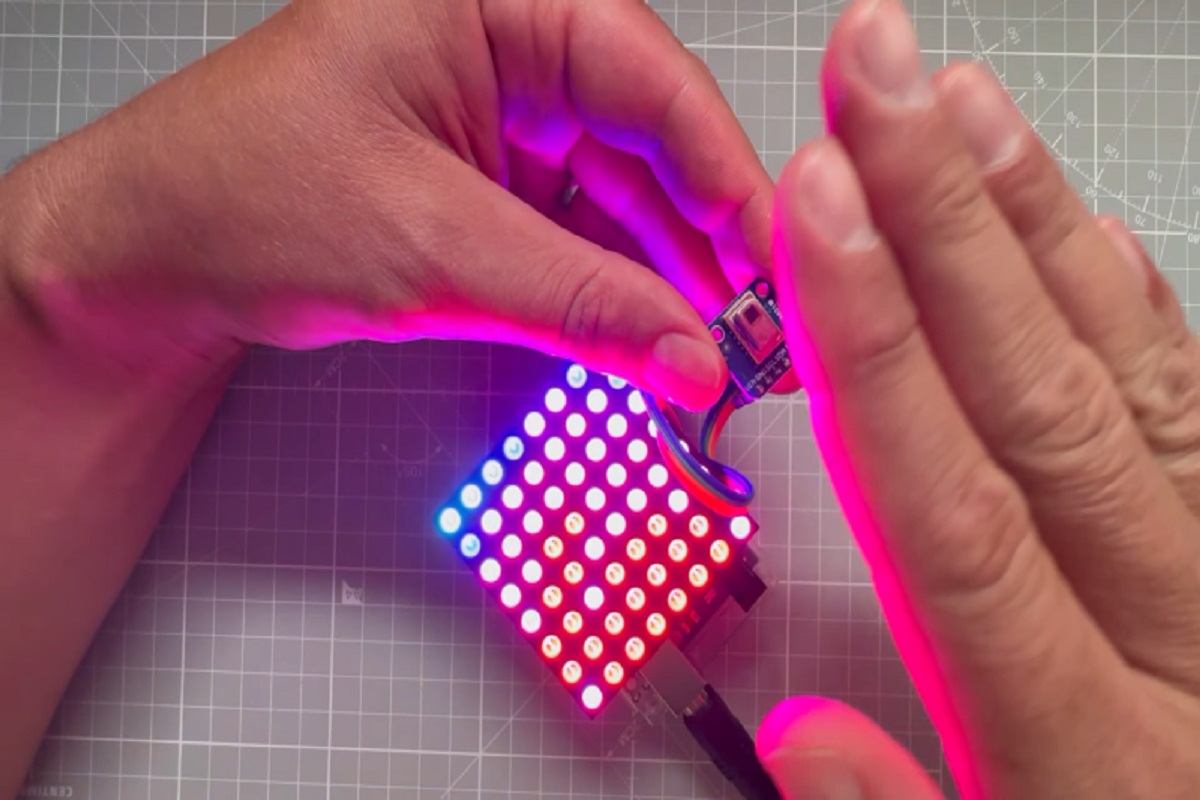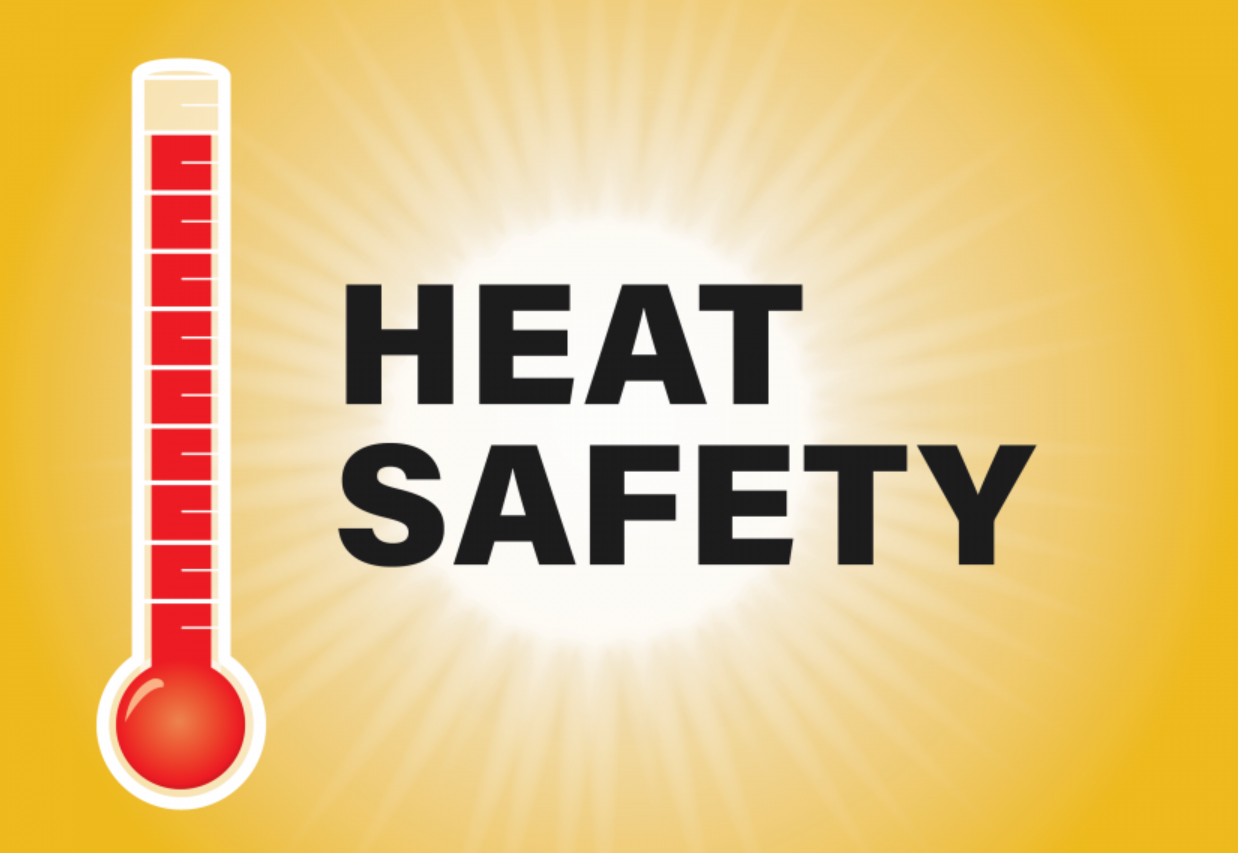In summer, when it is very hot, people can get sick easily. If you work a lot outside in the heat, you might get a heat stroke. Your body normally stays around 98.6°F. But if it goes above 104°F, you could get a heat stroke. When you have a heat stroke, your body can’t control its temperature anymore.

It’s serious and can even lead to death if you don’t get help fast. But how do you know if you’re having a heat stroke? Let’s talk about the signs. First, you might feel dizzy. Your mind might suddenly feel strange, and you might act oddly. You could start breathing really fast, and your blood pressure might drop.
Your skin might get hot, red, and dry. You might not pee much, and your stomach might hurt. You could feel like throwing up, or you might faint. If you think you or someone else has a heat stroke, get to a cool place fast. You can cool off by wiping your skin with a wet cloth.
Drink water or something with salt in it if you can. You can also use ice to help cool down. But don’t wait too long to get help. Go to the hospital right away. To avoid heat stroke, wear loose clothes. Try to stay inside or find shade outside. Drink lots of water or juice, and use a hat or umbrella in the sun. Following these simple tips could keep you safe from heat stroke.


